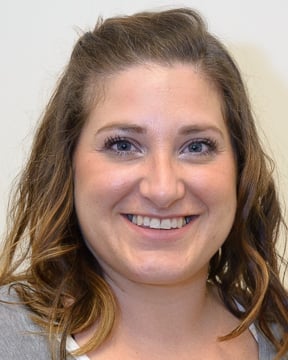Ultrasound Training Updates

Ultrasound Manager
Some exciting things happened in October in Ultrasound.
Three staff members flew out to Seattle, WA for a training in the Fundamentals of Transcranial Doppler Imaging. Scanning Sickle Cell patients was not a service we wanted to discontinue, and with our single trained staff member being our most senior staff tech it became apparent that an education in this area was necessary. On October 13th three technologists took flight to be trained in this extremely specialized study. The goal being for the new trainees along with Neera Shelly (who has been the lone staff member able to perform this specialized study) will train all the staff within the department. This will prohibit the current limitations on scheduling this type of exam based on one technologists schedule.
Transcranial Doppler Imaging Course Details
Audience: Sonographers and Physicians.
Delivery method: This is an instructor-led training.
Duration: This course takes approximately one day to complete.
Prerequisite Skills: A thorough knowledge and understanding of 2D ultrasound imaging fundamentals is required for this course.
Course Objectives:
-
- After completing this course, participants should be able to:
- Explain and discuss the basic imaging principles of Transcranial Doppler Imaging.
- Explain and discuss indications for TCDI.
- Explain the normal intracerebral arterial branches and collateral pathways.
- Describe typical depths and velocities for normal arteries.
- Describe acoustic windows, equipment and technique for a complete exam.
- Demonstrate ability to acquire images at each acoustic window.
- Identify the elements of a complete basic Transcranial Doppler Imaging exam protocol.
- Identify the limitations of TCDI.
Liver Elastography Training
On October 20th Ultrasound and Radiologists learned Liver Elastography, to offer this service to our extensive volume of patients with Liver Disease. This has been a long time coming, and was placed on hold due to Covid and then staffing crises. The protocols have been built, billing is being worked on, and the final step commenced so that we can put it all into practice. Liver Elastography is essential in early diagnosis of liver disease allowing patients earlier more appropriate treatment options which result in increasingly positive outcomes in disease management.
Adina Laprade, RDMS
Regional Ultrasound Manager
University and Memorial Campuses




